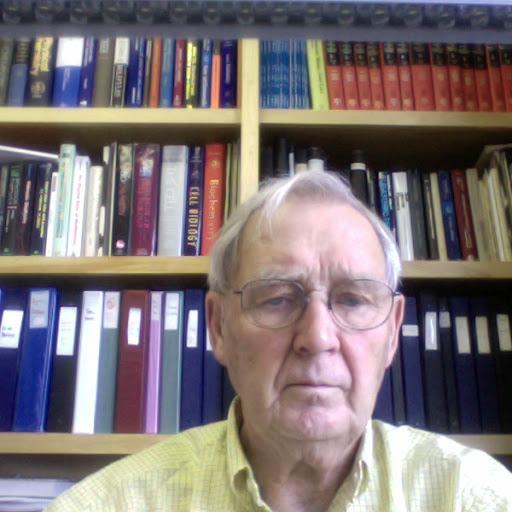Action At a Distance: Stan's later work and speculations will be collected in a new family story
Hans, are you ready for another adventure?
During Stan's emeritus years in 1998 and after, he grew increasingly excited over new ideas and speculations in fundamental physics. At the same time, he was becoming practiced in using a software tool for scientific notation, Mathematica (by Wolfram Research) to regularly record his latest thoughts on all aspects of the problem he was working on.
The problem was action at a distance, a conundrum dating back to Einstein and before. How do you explain gravity? A more massive body exerts an attractive force on a less massive one without any apparent exchange of particles or information. On an atomic scale, the Coulomb Force is action at a distance that binds electrons to the nucleus of an atom.
After earlier uses, Stan began writing Mathematica notebooks on a regular basis beginning midyear 2000, and then continued to post new entries until July 2004, a few months before his death.
I have these notebooks—or have had them since 2004. For a few years, I maintained a software license to Mathematica so I would be able to open the files. But I did that rarely. The problem is that I felt out of my depth with the material, and not in a position to interpret it for anyone else.
But who else was going to archive this material? Since the ideas were outside the realm of the Mössbauer synchrotron specialists he worked with in his later career, he reached back to some of his friends from the nuclear days, people like Hans Frauenfelder and Zvi Lipkin, to share some of his ideas. Norman Kroll was another.
Some of these outreaches sparked some friendly conversations and a chance for Stan to bend someone's ear over lunch or, as with Kroll, a walk on a La Jolla beach. But for the most part, there were few takers. More and more, Stan's physics became a lonely enterprise, just him and his thoughts, recorded on average four or five times a month for about four years.
I propose that these notebooks should see the light of day. I don't know how much valuable science is contained in the roughly 200 Mathematica files that Stan left behind, but I am convinced that there will be more than a few nuggets that can be found with a modest effort.
So I will begin a project of going through the material and posting selections to this website in a new family story called Action At a Distance. There are some technical issues with displaying Mathematica files that I will need to solve before I can post a lot of the notebooks. A few are available in PDF format, so I have chosen one of those to kick off this new project.
It is an attachment for an email sent to Hans Frauenfelder in May 2003, seeking to interest him in working together on an experiment that might explain the so-called Pioneer anomaly using Stan's formulation of a "vacuum drag force". The anomaly was that gravity alone could not account for the force exerted on the Pioneer spacecraft traveling through the solar system.
The Pioneer anomaly was later explained without recourse to Stan's formula or anything like it. Still his writings on this and other subjects bearing on the action at a distance problem (AaaD, in Stan's shorthand) may contain some useful insights.
This particular letter has a poignancy that makes it noteworthy. "Hans," he writes, "I would really enjoy seeing a straightforward, earthly measurement of Vacuum Drag before I die. I don't have sufficient credibility to get others interested in this adventure. But you would.
"1960 was the most enjoyable year of my life. Might it be that in 2004, we could drive a terrestrial confirmation of vacuum drag? Do you want to play?"
The PDF of the Notebook attachment is available for download at right.

